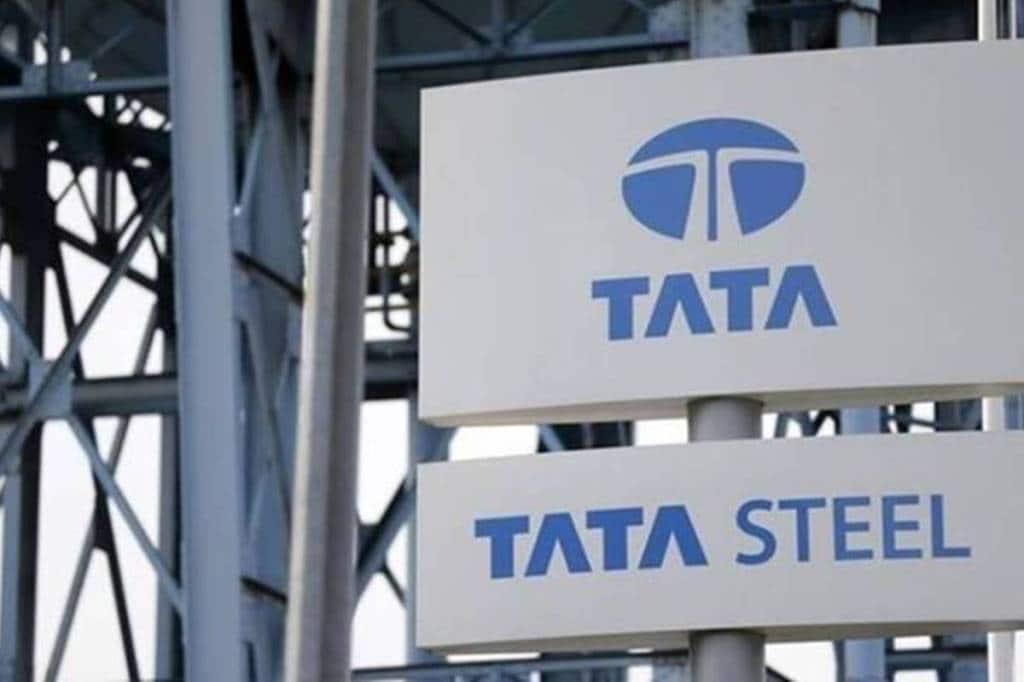Tata Steel has earned the distinction of becoming the first steel producing signatory of the Sea Cargo Charter as part of its sustainable initiatives to reduce green house gas (GHG) emissions. The company is the 24th organisation to join the association, which is working to reduce environmental impacts of global seaborne cargo.
Peeyush Gupta, vice-president (supply chain), Tata Steel, said the 34-million tonne per annum (MTPA) steel producing company’s seaborne cargo volume was in excess of 40 MTPA, which prompted it to take note of Scope-3 emissions with alacrity.
The Sea Cargo Charter is a global framework to assess and disclose the climate alignment of chartering activities, establishing a common global baseline to quantitatively estimate and disclose chartering activities in line with the climate goals. The International Maritime Organization (IMO) of the UN prescribes strategy to reduce annual GHG emissions, which shipping activities generate. IMO has mandated at least 50% reduction in emission of GHG by 2050 from the 2008 levels.
Measuring GHG emissions are divided into three categories, Scope-1, -2 and -3. While direct GHG emissions from blast furnace, boilers and vehicles and other alike sources owned or controlled by an organisation comes under Scope-1 , Scope-2 involves indirect emissions from consumption of purchased electricity, heat or steam. Scope-3 includes all other indirect emissions in an organisation’s value chain.
Tata Steel’s manufacturing units come under the Scope-1 provision but since sea-borne cargo comes within the value chain of production and marketing, these have come under Scope- 3. The company’s chief group shipping, and director, raw materials procurement, Ranjan Sinha said, “Tata Steel would like to think beyond compliance and take actions on Scope-3 emissions with commitments to align its chartering activities with responsible environmental behaviour.”


